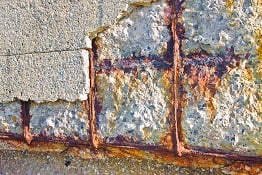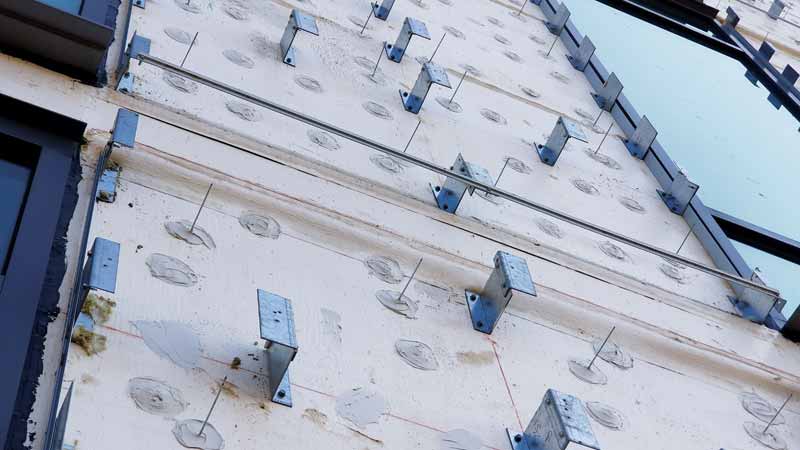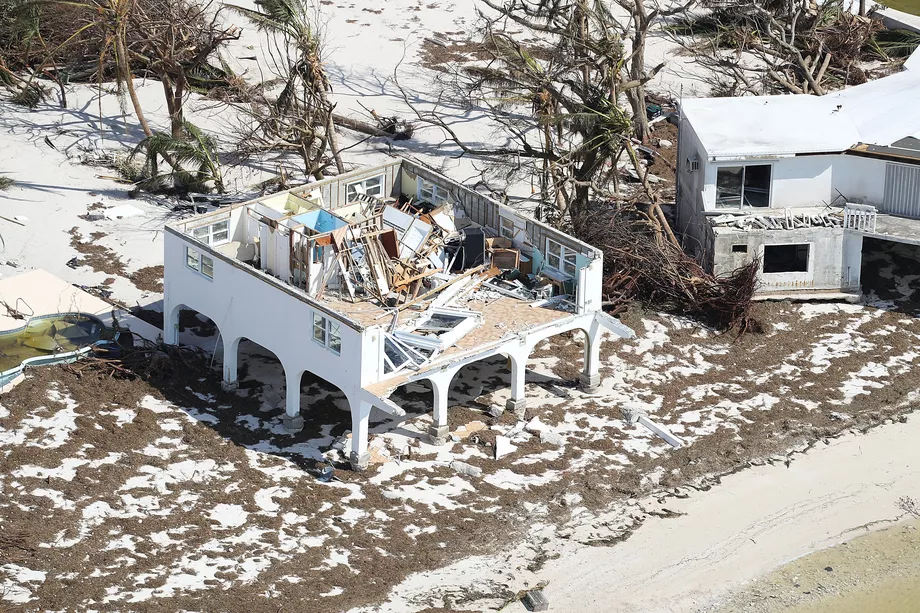
Owner’s Objectives: It Is Critical To Be Clear From the Start
[fa icon="calendar'] Jun 2, 2021 1:32:00 PM / by John R. Manning, PE, CCM, LEED
For owners and Property Managers, one of the most difficult aspects of construction disputes is the mismatch between what the owner wanted and what the architect or contractor delivered. It is especially troublesome when a review of the project reveals that the problem could have been avoided with clear communication about the owner’s goals for the project. Because of the problems that arise when the owner’s objectives are not met, the most important role of the owner’s representative is to ensure that the goals and objectives of the project are clear.

Construction Defect Litigation: Hiring an Expert Witness
[fa icon="calendar'] May 11, 2021 9:00:00 AM / by Mark McGivern, CSI, Aff. M. ASCE
Great expert witnesses are a critical part of a construction defect litigation team from start to finish. They can make or break your case, so it is critical to work with an expert who understands the technical side of the case and who can communicate clearly and objectively with all parties involved.
Read More [fa icon="long-arrow-right"]
Document Management for Construction Litigation
[fa icon="calendar'] Apr 26, 2021 3:15:00 PM / by Philip B. Terry, Sr. Vice President
Documents tell powerful stories in construction defect litigation—from small, straightforward cases with a few hundred documents to highly complex cases with thousands of files and millions of pages. Attorneys working with these documents need a manageable way to cull, store, search, and review them. Some systems of document management are cumbersome and expensive while others are not robust enough. How do you choose the best document management system for your needs?
Read More [fa icon="long-arrow-right"]
Why Hire a Forensic Architect?
[fa icon="calendar'] Apr 19, 2021 10:15:00 AM / by Kenneth R Quigley, PE
Forensic architects serve multiple purposes throughout construction projects. Most commonly, they are brought in to investigate the root cause of damages caused by construction defects or other damages to buildings. Owners, architects, and contractors also hire forensic architects during the design and construction phase to help identify potential trouble and advise on how to avoid it. These professionals are especially useful when a project team is unable to identify or come to a consensus about the source of a problem. The role of a forensic architect is to be an unbiased, third-party expert, identifying issues within the construction or building, determining causes, and suggesting solutions.
Read More [fa icon="long-arrow-right"]
Construction Defect Litigation: The Critical Role of the Expert Forensic Witness
[fa icon="calendar'] Apr 12, 2021 9:45:00 AM / by Mark McGivern, CSI, Aff. M. ASCE
Expert witnesses are a critical part of construction defect cases, whether the outcome of a case is determined through a trial or arbitration. Attorneys rely heavily on expert witnesses to support them in understanding the facts of the case, the cause of the defect, and what is required to repair the defect.
Read More [fa icon="long-arrow-right"]
How to Avoid Broken Construction Projects and Late Schedules
[fa icon="calendar'] Mar 3, 2021 10:15:00 AM / by Peter A. Byrne, PE
Owners have a lot of responsibility when it comes to design and construction—it is their money on the line while they turn to teams of experts to design and build the project. They are the ones who feel the brunt of any problems, which unfortunately abound in the construction industry. Despite awareness of the issues, the industry has not changed much in recent years.
McKinsey's research shows that construction projects typically take 20 percent longer to finish than the original schedule, can be up to 80 percent over budget, and frequently result in litigation.

Waterproofing technology to protect against concrete corrosion
[fa icon="calendar'] Nov 12, 2019 9:00:00 AM / by Kenneth R Quigley, PE
Concrete has been in existence for over 2,000 years and it is not only the most used manufactured material in the world, but also is one of the oldest. Concrete is critical to our societies infrastructure as it is found in our schools, hospitals, city buildings, apartments, and more.
Read More [fa icon="long-arrow-right"]
Put penetrations to the test: The effect of cladding attachments on air and water barriers
[fa icon="calendar'] Nov 29, 2018 7:30:00 AM / by Kenneth R Quigley, PE
Different materials are used in the construction process to ensure the building envelope is air tight and water resistant. Components include water barriers, air barriers, and thermal control layers. While technologies for testing air and water barriers, along with thermal control have evolved over the years, there are still inconsistencies among the different practices used for testing.
Read More [fa icon="long-arrow-right"]Add decades to your commercial roof life
[fa icon="calendar'] Nov 1, 2018 8:00:00 AM / by Kenneth R Quigley, PE
Commercial roofs are often subject to high levels of wear and tear due to sun exposure (UV rays), frigid winter temperatures, and unpredictable weather patterns. This wear and tear, many times, leads to roof damage and issues such as leaks. Unfortunately roofs usually do not receive attention until an issue like a leak occurs. As Doug Kramer, author of the article Add decades to your commercial roof life states, “Roofs are the black sheep when it comes to commercial building maintenance.”
Read More [fa icon="long-arrow-right"]
Hurricane resistant homes: why they aren't being constructed more frequently.
[fa icon="calendar'] Aug 16, 2018 11:00:00 AM / by Mark McGivern, CSI, Aff. M. ASCE
Last year was the United States’ most costly on record for weather-related disasters. According to the National Oceanic and Atmospheric Administration (NOAA) weather-related damages in 2017 totaled a staggering $306 billion.
Read More [fa icon="long-arrow-right"]
